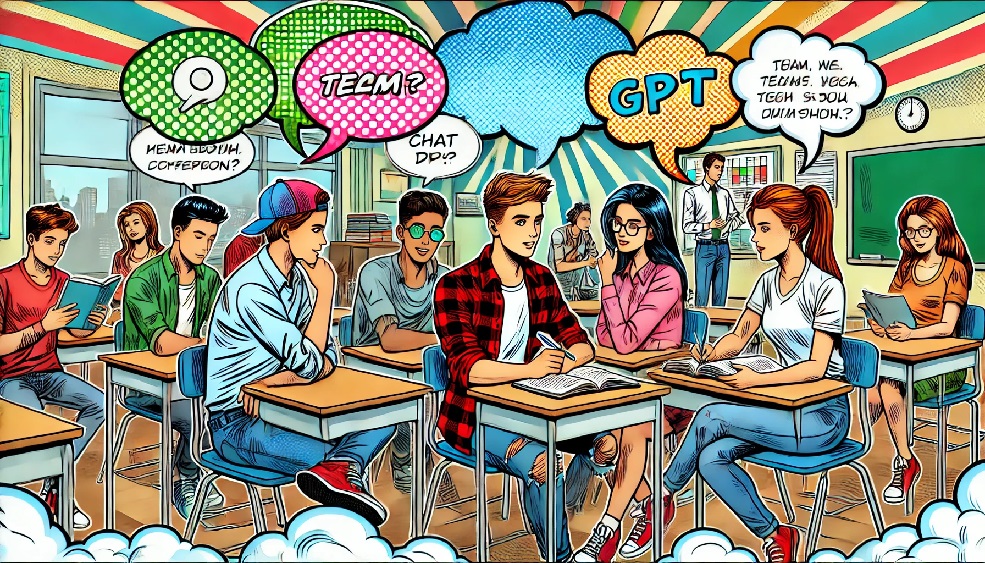ChatGPT Replaces Brainpower: Students Rapidly Adopting AI in Schools
The era of technology continues to transform the educational process in schools, presenting teachers with new challenges. In the past, students were prohibited from using calculators and CD-ROM encyclopedias; today, they are actively mastering artificial intelligence tools like ChatGPT.
According to a new study by the Pew Research Center, the percentage of teenagers using ChatGPT for school assignments has doubled in a year, rising from 13% to 26%. Young people are eager to make their school routines easier, but Pew’s data shows that their approach to AI is quite selective. For example, 54% of teens consider it acceptable to use ChatGPT for learning new topics. However, this number drops sharply when it comes to solving math problems (29%) or writing essays (18%).
ChatGPT is far from the only tool available to students. A study by the Digital Education Council, published in August, claims that the global rate of AI usage among students reaches 86%. In addition to ChatGPT, platforms like Gemini, Claude, and Microsoft Copilot are becoming increasingly common among teenagers.
Some schools are already experimenting with integrating AI into education. For instance, Arizona State University (ASU) is partnering with OpenAI, and London’s David Game College has launched a course partially taught by AI as part of the Sabrewing program.
However, the widespread use of artificial intelligence raises concerns. Experts worry that students may become overly dependent on technology, hindering the development of critical thinking skills. On the other hand, AI can be a powerful tool for personalizing the learning process if used wisely. Completely restricting the use of AI in schools is nearly impossible, but developing a balanced approach could be an effective solution.



